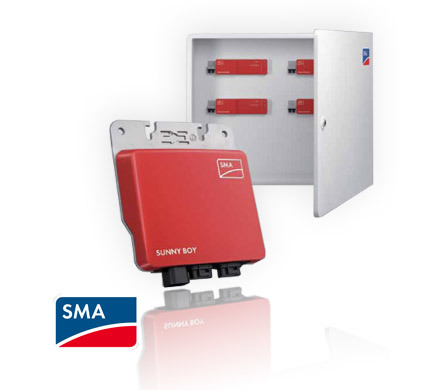When to Upgrade Your Home Electrical Wiring

When it comes to knowledge of home electrical wiring, many homeowners are unaware. Most homes were built in the ’60s and ’70s, but have had few upgrades to their wiring since that time.
These electrical systems can’t withstand the energy needed to power the modern appliances of today. As a result, there are more than 40,000 fires a year caused by faulty or outdated home electrical wiring.
Could your home be next? It’s a scary thought, but it can happen at a moment’s notice.
To prevent a disaster from happening, we’ll go over the warning signs and what to look for in your own home. Ready to get started?
Faulty Home Electrical Wiring Signs
To tell if your home is in danger, there are some warning signs to take into consideration. Every home is different so you may experience one or more of these. They include:.
- Breaker panel is constantly tripping
- Light but noticeable burning smell
- Flickering lights
- Discolored or charred outlets and/or switches
- Random loss of power in certain outlets
If you’re experiencing one or more of these warning signs, it’s time to upgrade your home’s electrical wiring. These are signs that a dangerous fire could start at any time. Knowing this now, let’s look at what could be the culprit.
Visible Aluminum Wiring
Aluminum wiring is more common in houses built in the 1960’s and ’70s. Builders back then didn’t use copper wire like today.
Instead, they used aluminum as a cheap alternative. Even if your home has been renovated, aluminum can remain as part of the wire connectors.
It’s best to get a professional to replace those connectors, as aluminum is weaker and wears over time. If aluminum is not replaced, it can cause overheating, which wears away the metal, causing wires to arc.
Your Home Isn’t Outfitted With Enough Outlets
Lack of outlets means you’re relying more on extension cords and power strips. These can come in handy when needed sparingly, but not as a permanent solution.
When used as such, they can overheat, especially if they’re not the right gauge. The ideal gauge is 14 or thicker. When it’s thinner than 14, the wires can’t hold a lot of power.
The Lights Flicker When It’s Windy Outside
Faulty home electrical wiring doesn’t mean it starts within the home. The outside can be easily affected as well.
If your home has a Weatherhead connected to it, then this can be a source of an electrical fire as well. This is caused by frayed wiring, which shorts every time it’s moved.
You’re Selling Your Home
One huge often overlooked way to increase your home’s value is by upgrading the electrical. Potential buyers want a new home that’s deemed safe. Sometimes that’s more important than having a remodeled kitchen.
If it isn’t up to code, buyers will want a steep discount. This makes up for them having to redo the electrical themselves.
You want to sell your home at top dollar, right? Then investing in new electrical is the way to go.
Wrapping Up
Electrical is nothing to be played around with. If you suspect something isn’t right with an outlet or wire, don’t ignore it.
Fires started by faulty wiring can be deadly. Ensure your family’s safety by having your wiring upgraded or at least have it checked out by a professional.
We know what it takes to have a safe and livable home. Schedule an appointment by contacting us today!
